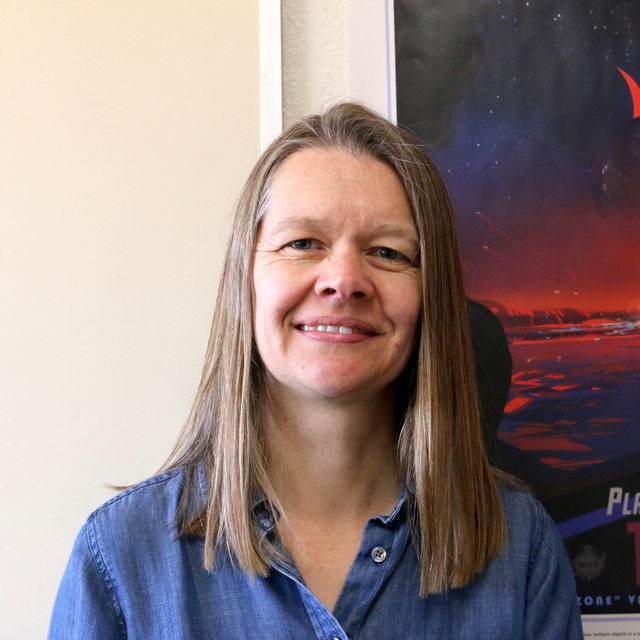
The Near-Infrared Size-Luminosity Relations for Herbig Ae/Be Disks
May 2005 • 2005ApJ...624..832M
Abstract • We report the results of a sensitive K-band survey of Herbig Ae/Be disk sizes using the 85 m baseline Keck Interferometer. Targets were chosen to span the maximum range of stellar properties to probe the disk size dependence on luminosity and effective temperature. For most targets, the measured near-infrared sizes (ranging from 0.2 to 4 AU) support a simple disk model possessing a central optically thin (dust-free) cavity, ringed by hot dust emitting at the expected sublimation temperatures (Ts~1000-1500 K). Furthermore, we find a tight correlation of disk size with source luminosity R~L1/2 for Ae and late Be systems (valid over more than two decades in luminosity), confirming earlier suggestions based on lower quality data. Interestingly, the inferred dust-free inner cavities of the highest luminosity sources (Herbig B0-B3 stars) are undersized compared to predictions of the ``optically thin cavity'' model, likely because of optically thick gas within the inner AU.
Links
- SIMBAD https://simbad.u-strasbg.fr/simbad/sim-ref?querymethod=bib&simbo=on&submit=submit+bibcode&bibcode=2005ApJ...624..832M
- DATA https://irsa.ipac.caltech.edu/bibdata/2005/M/2005ApJ...624..832M.html
- PREPRINT http://arxiv.org/abs/astro-ph/0502252
- ELECTR https://doi.org/10.1086%2F429266
- SPIRES http://inspirehep.net/search?p=find+eprint+astro-ph/0502252



